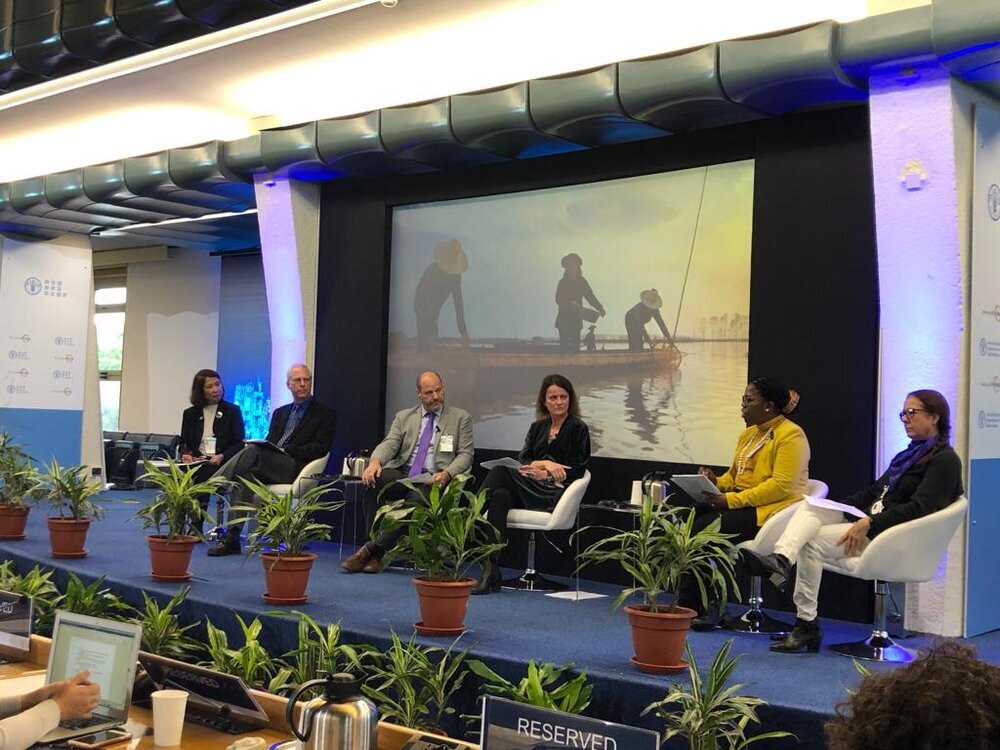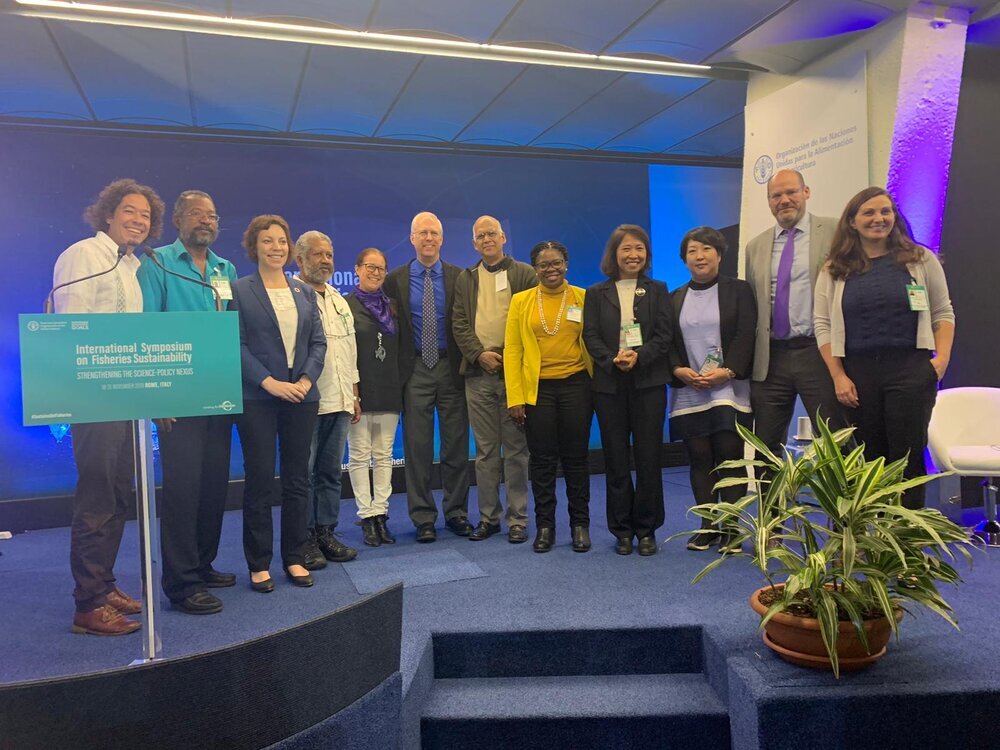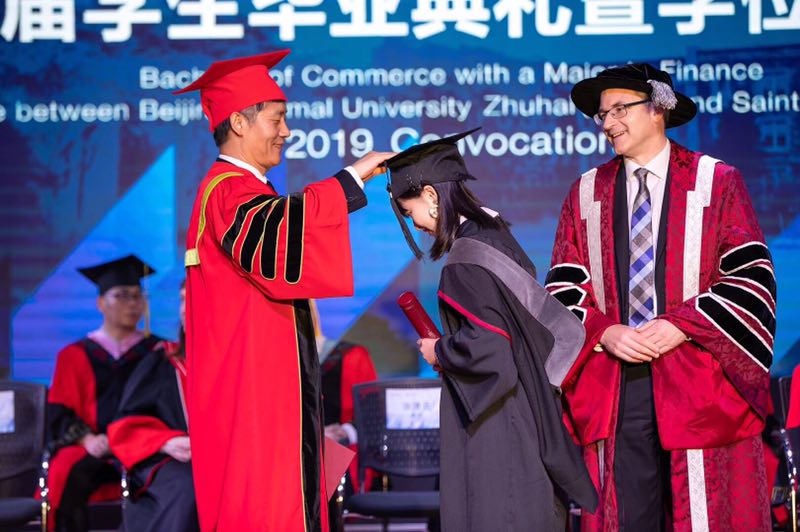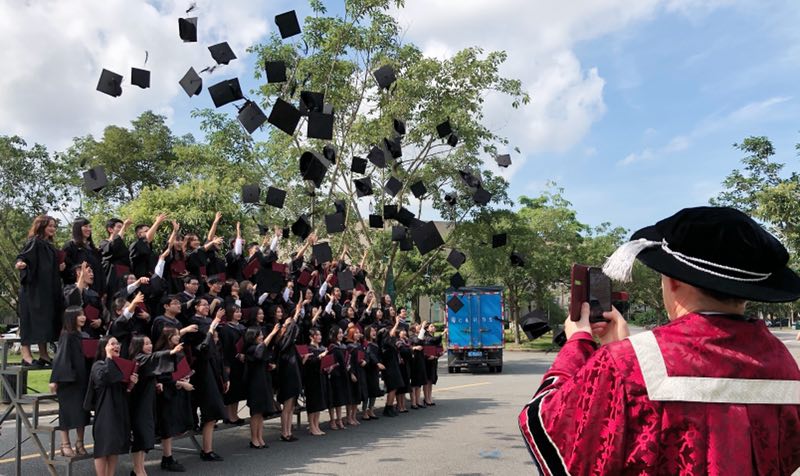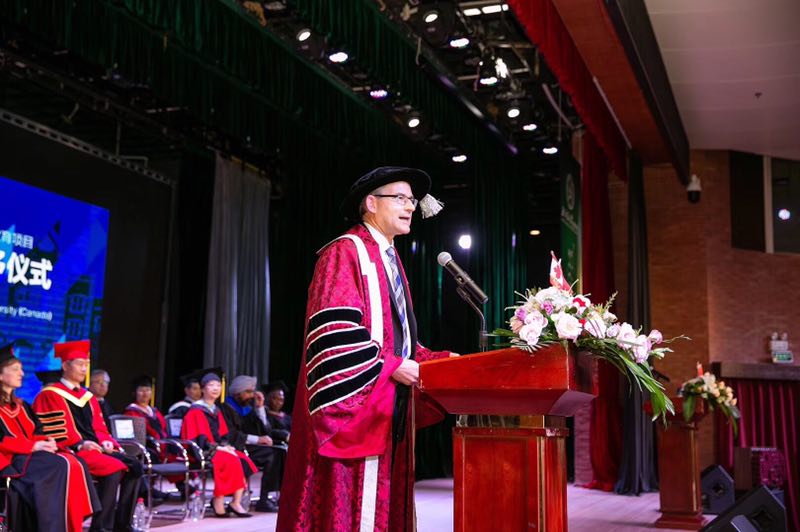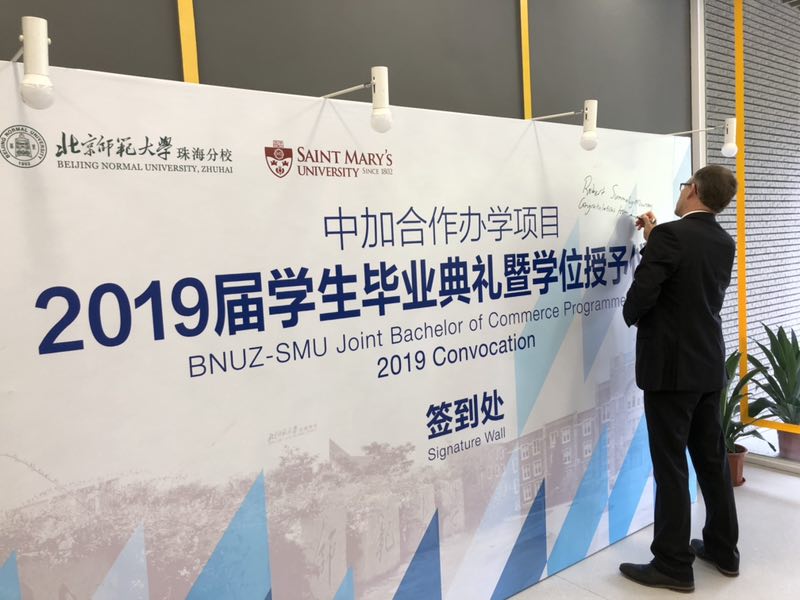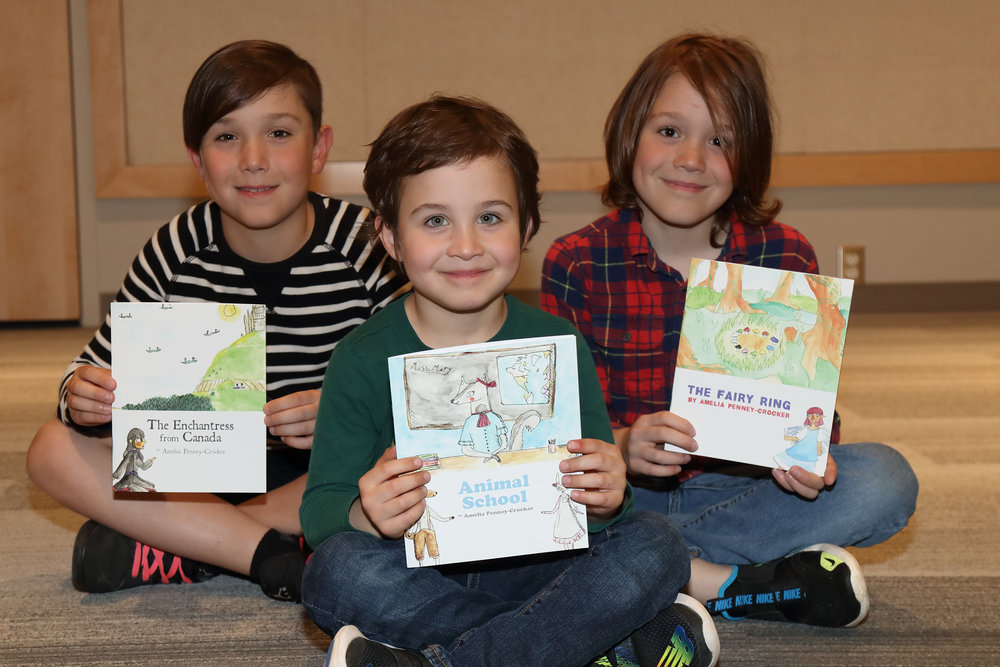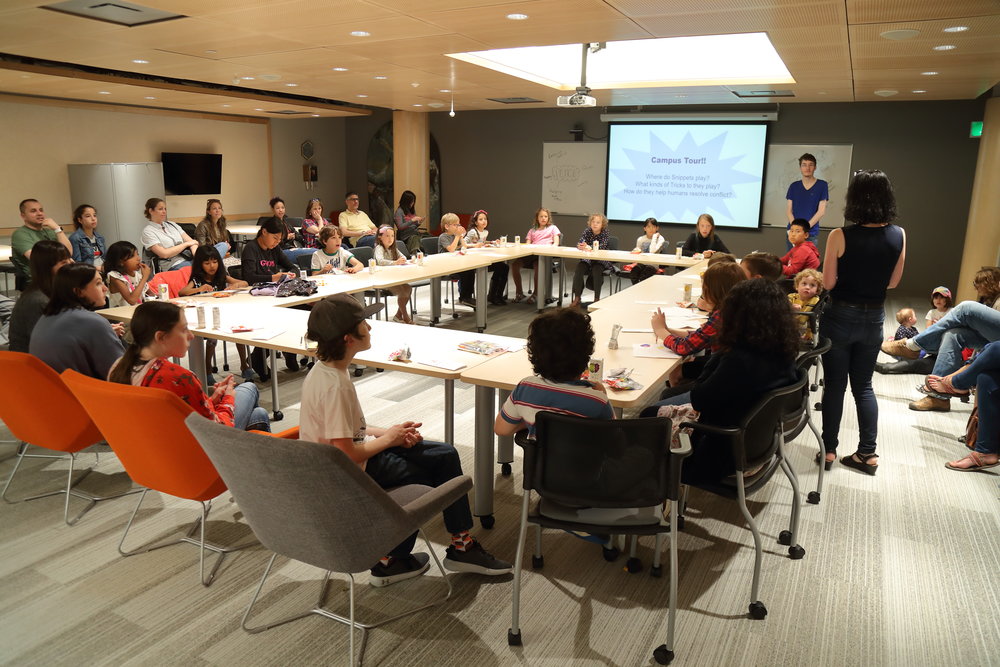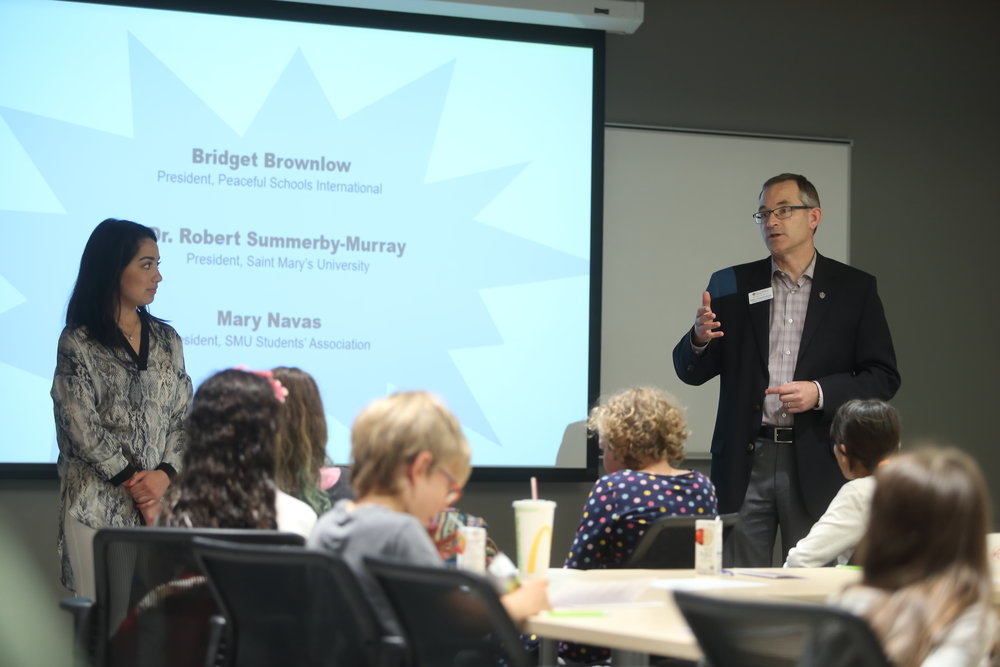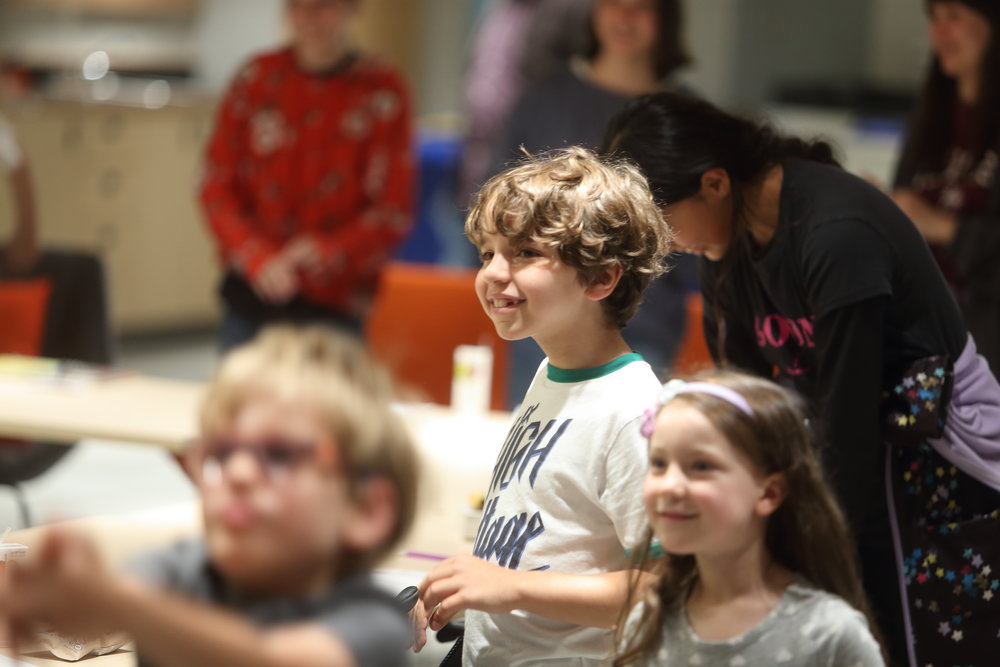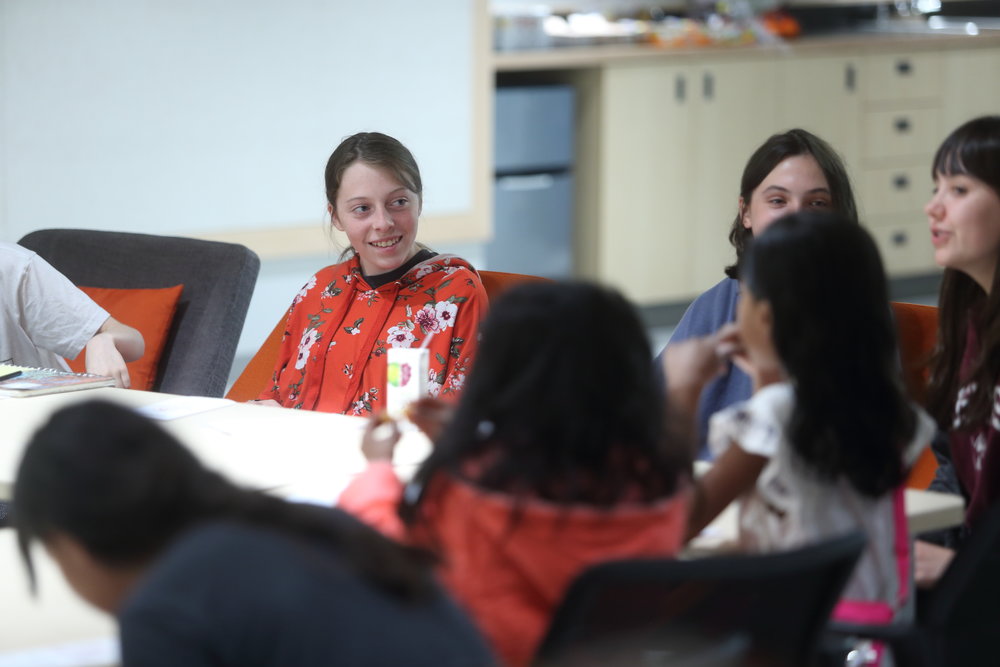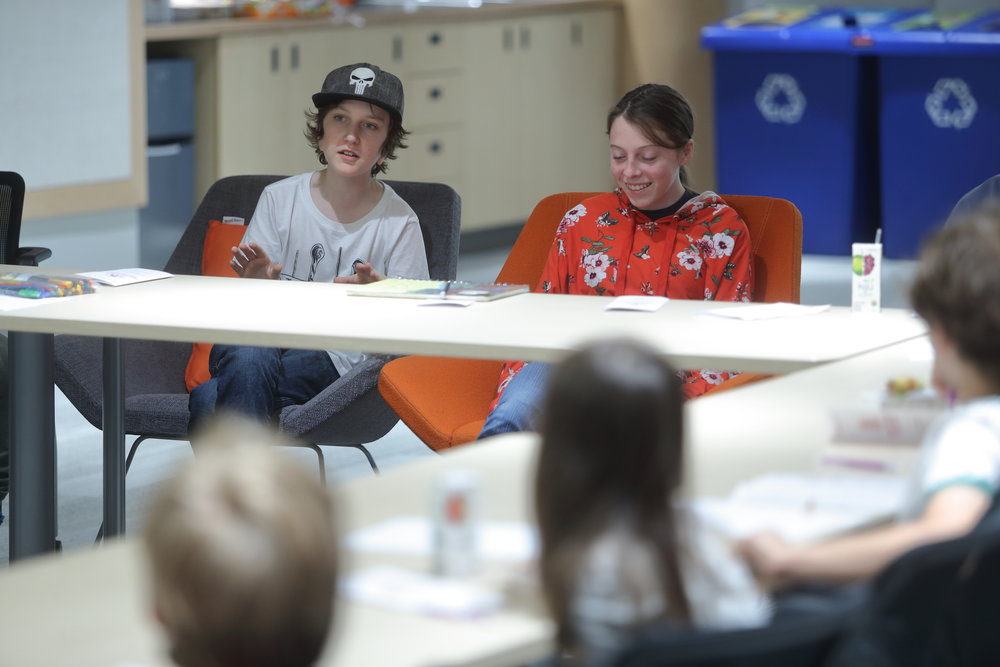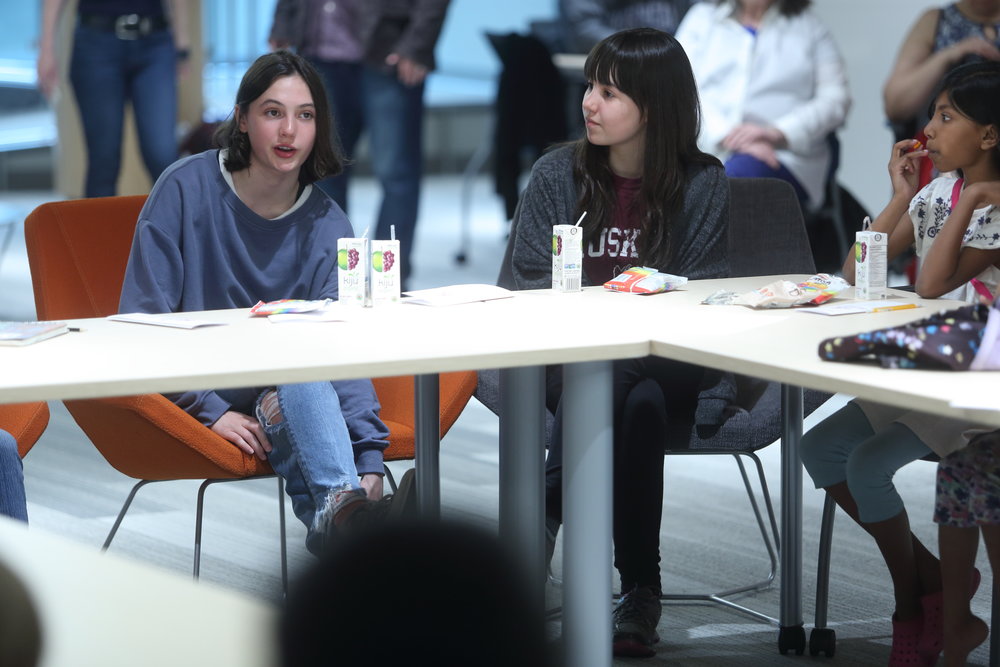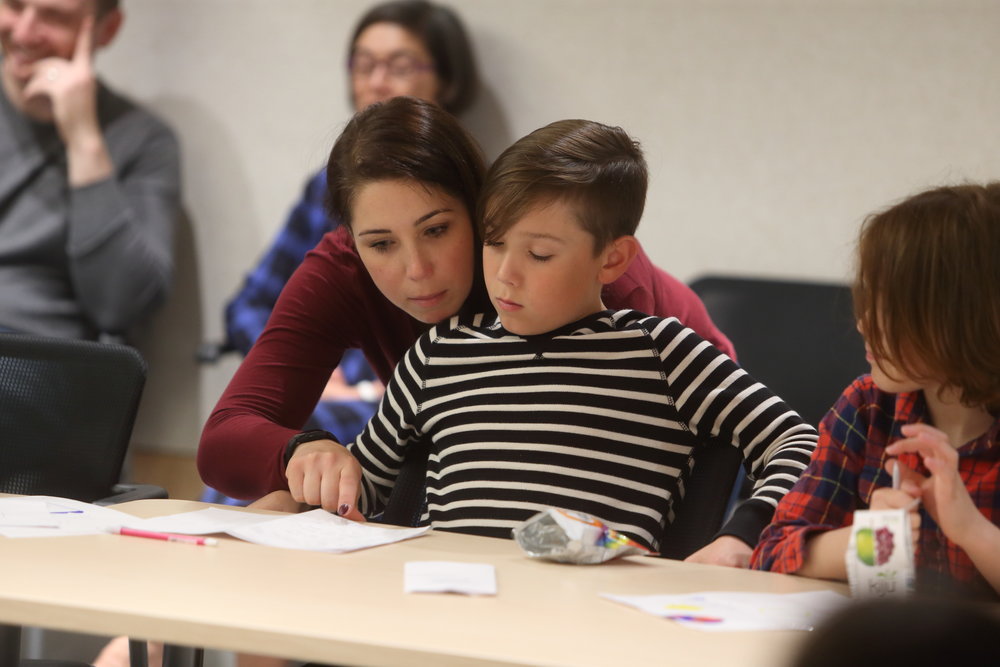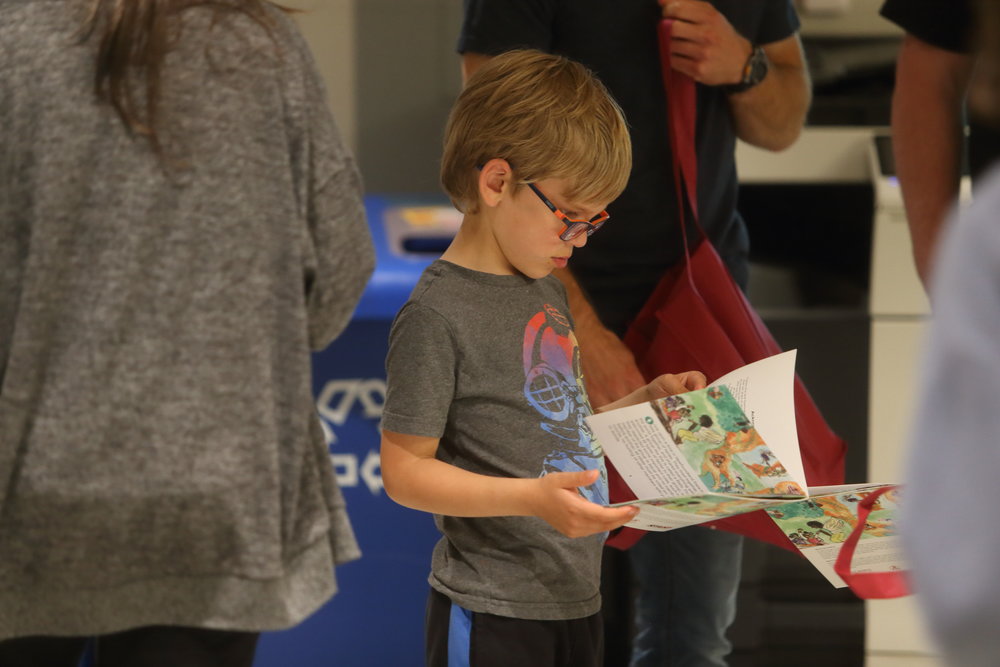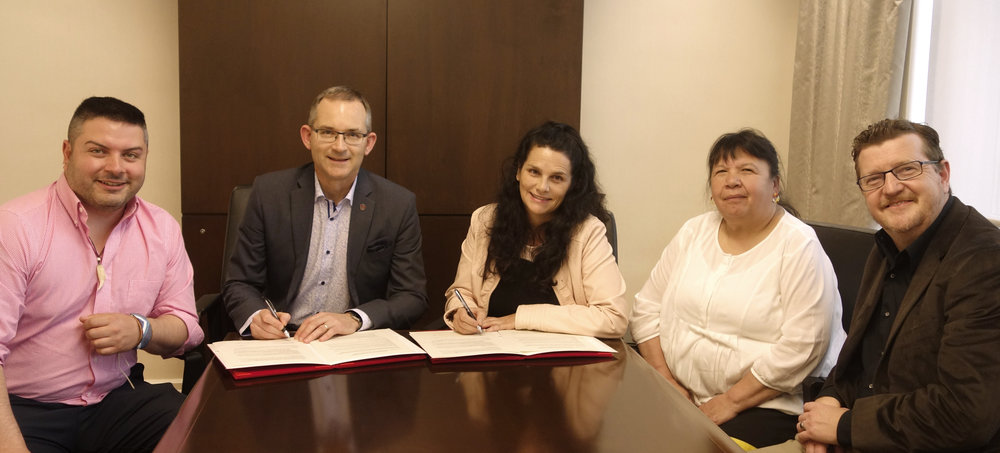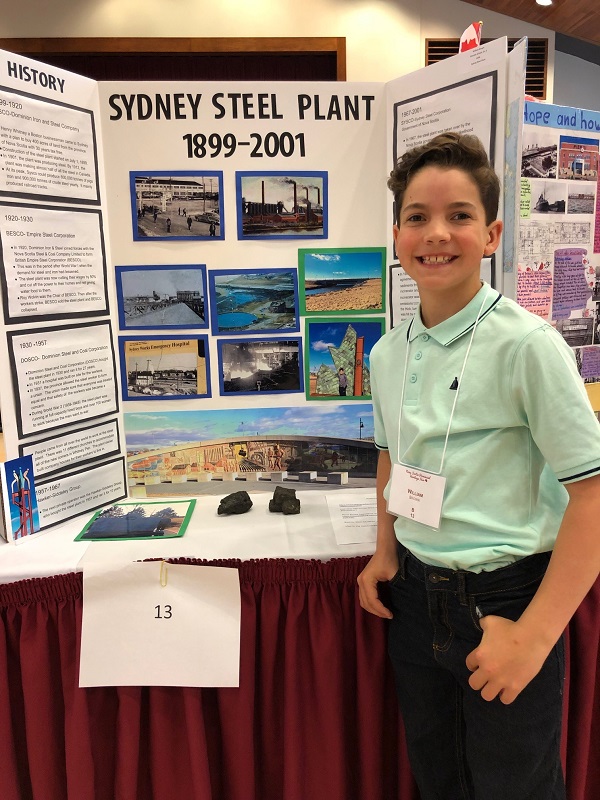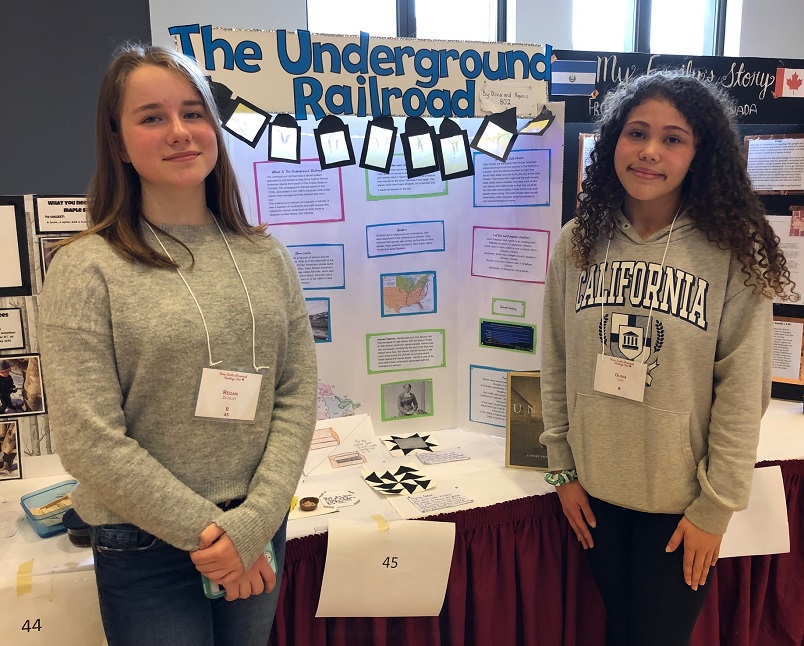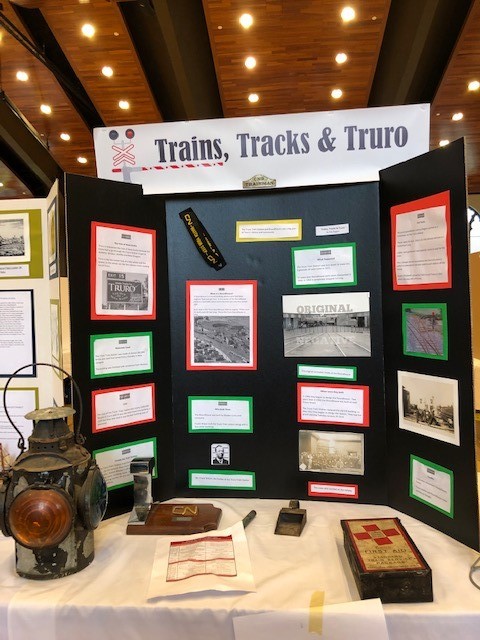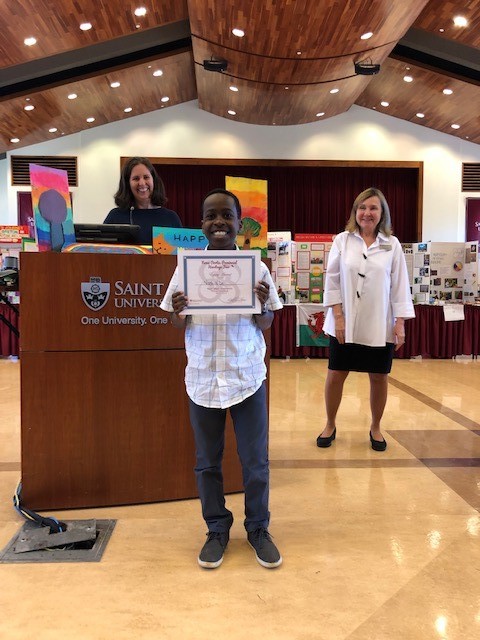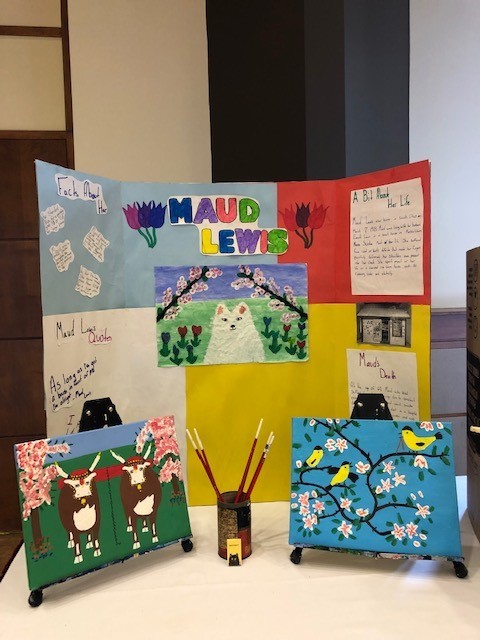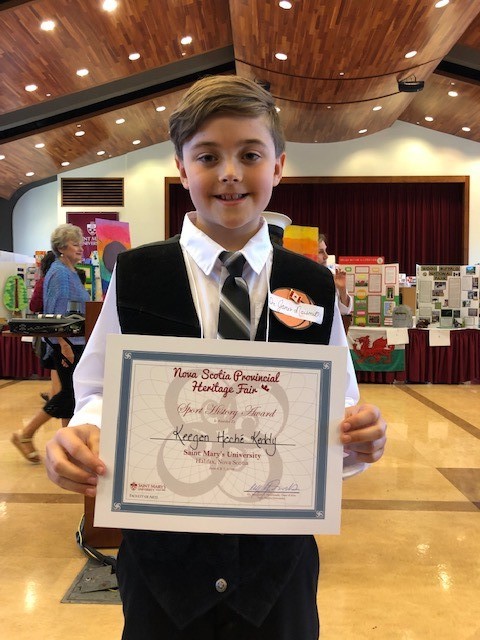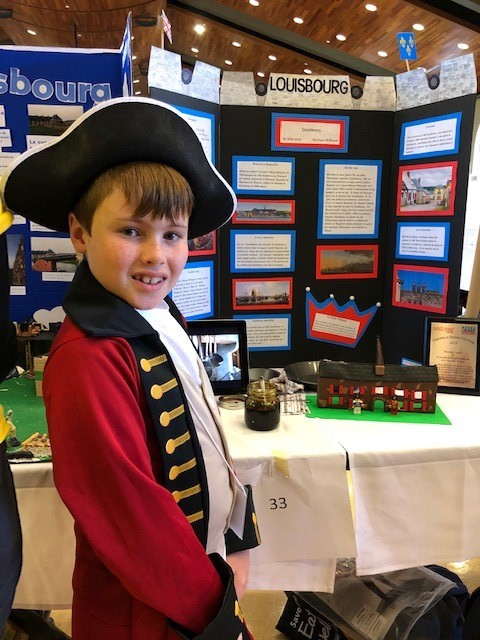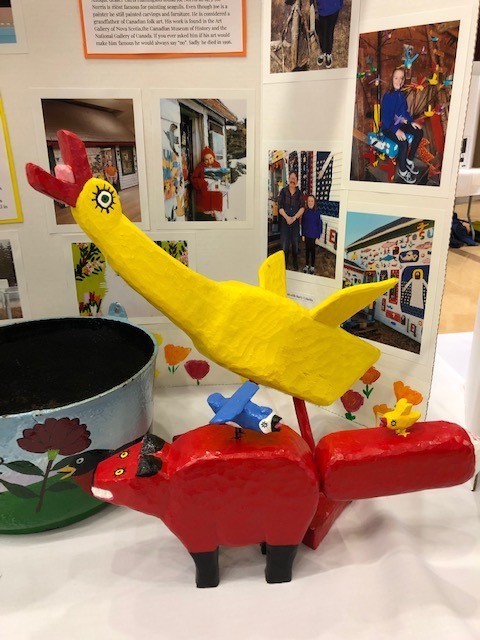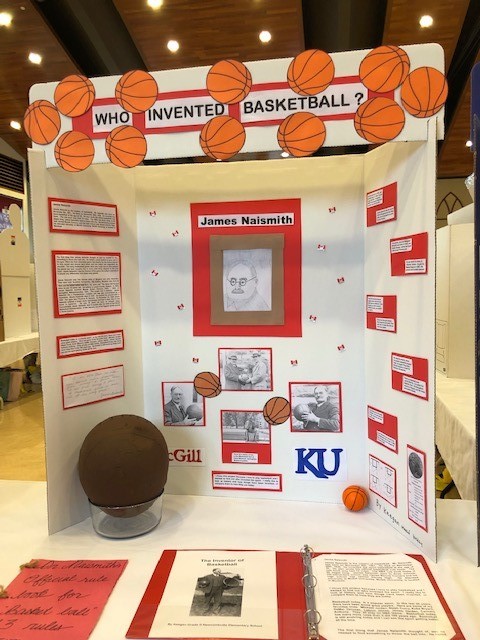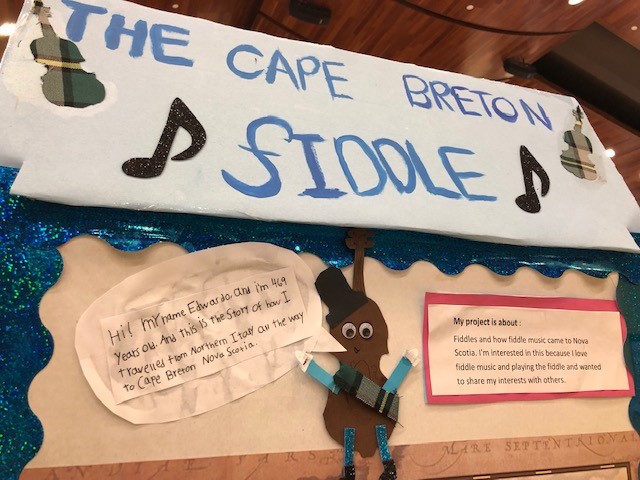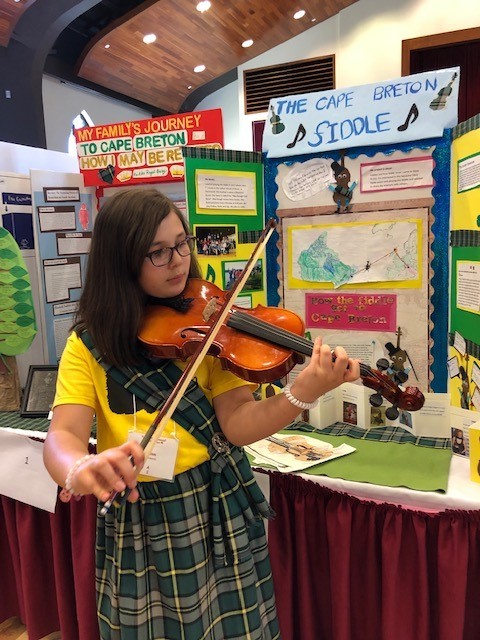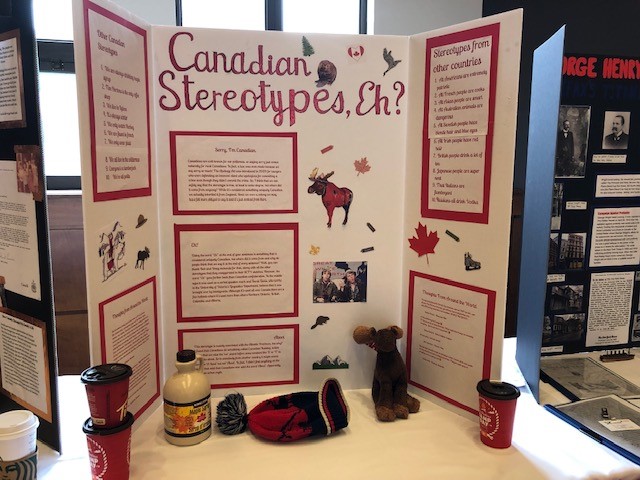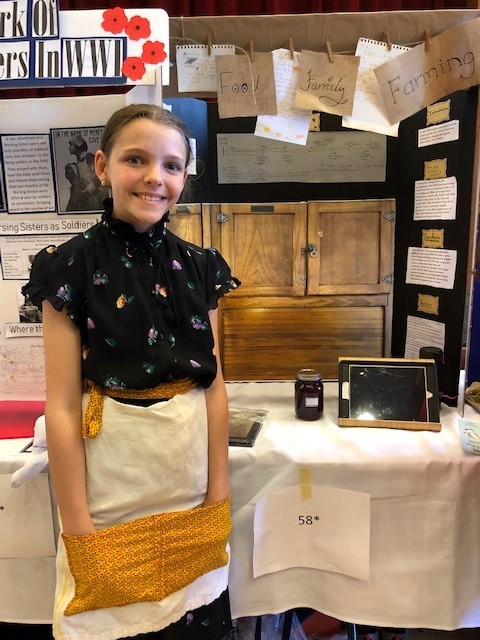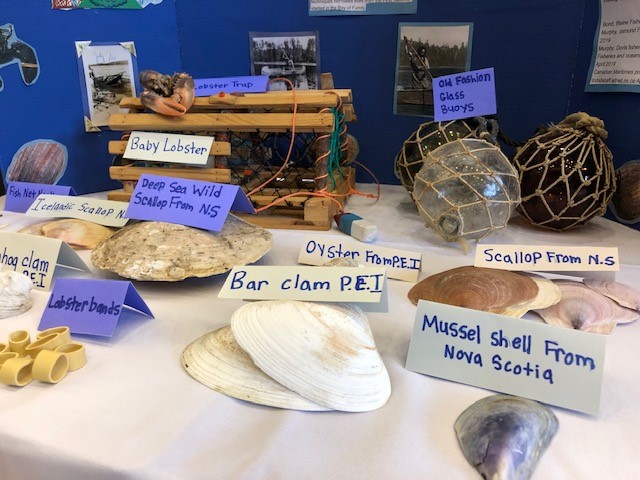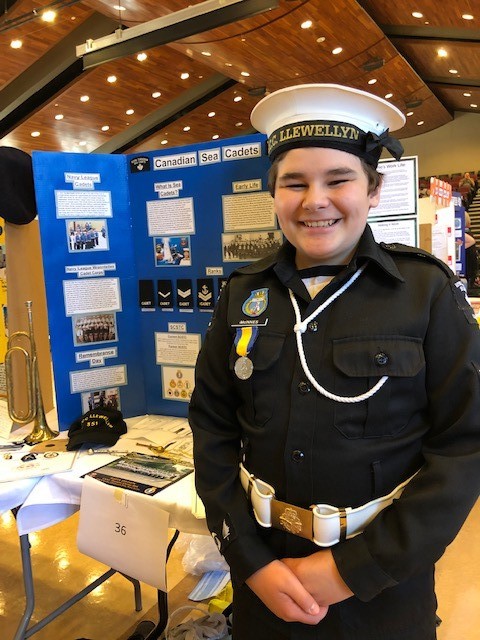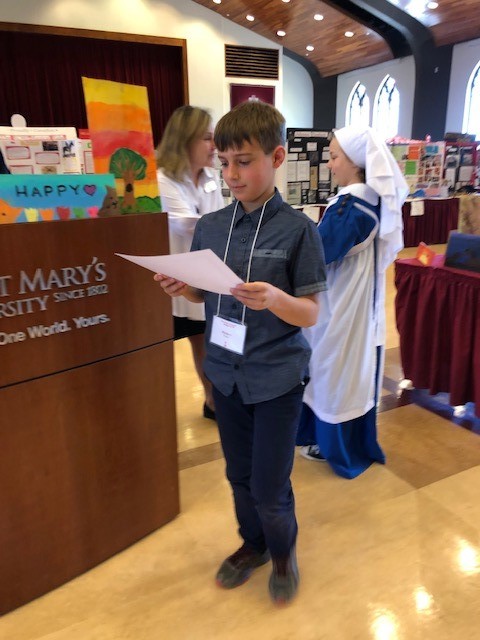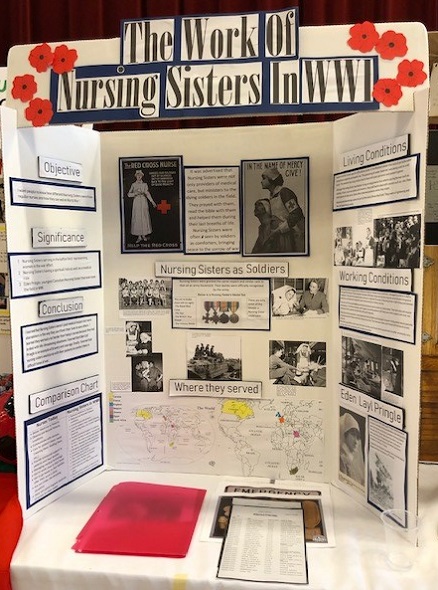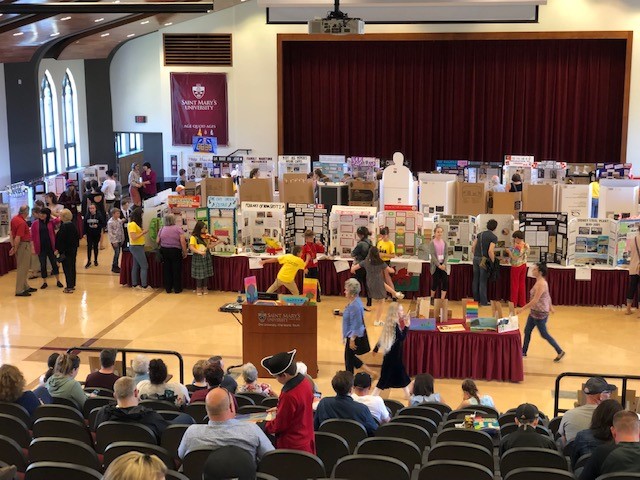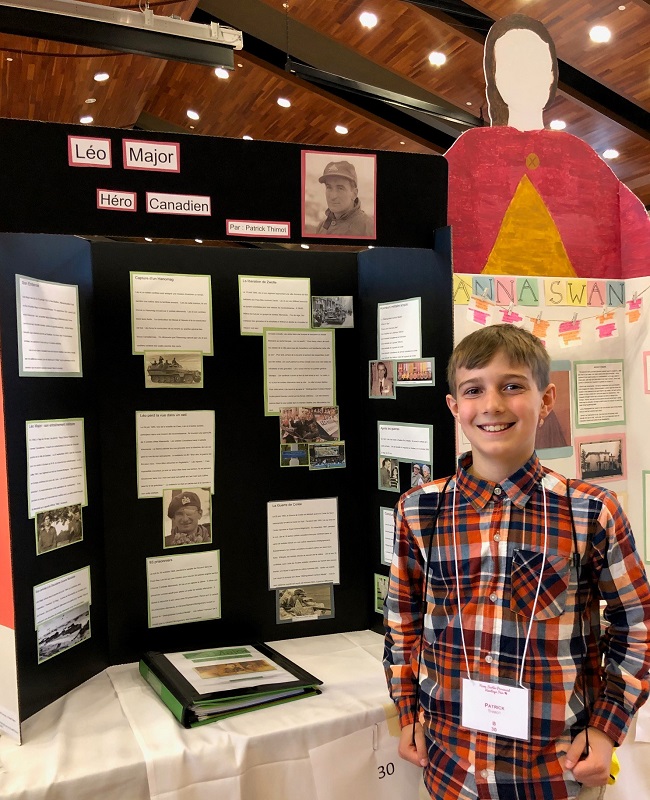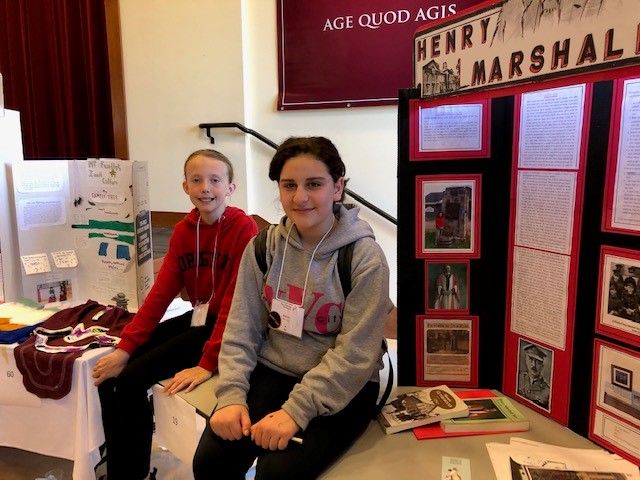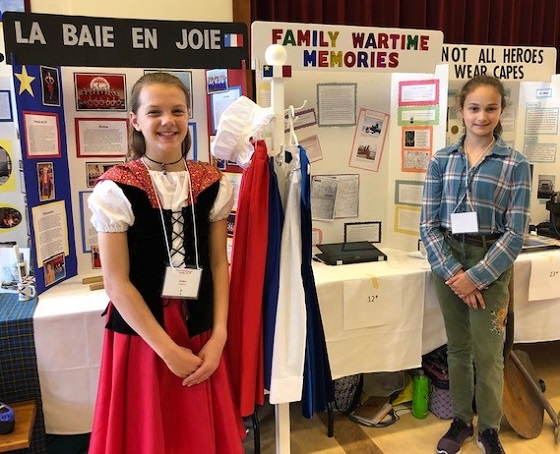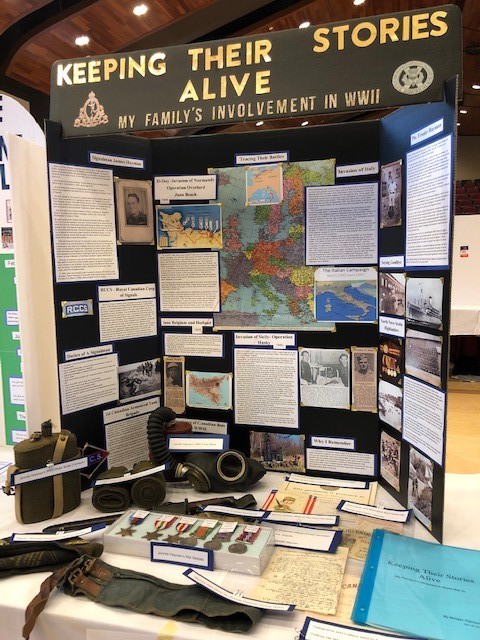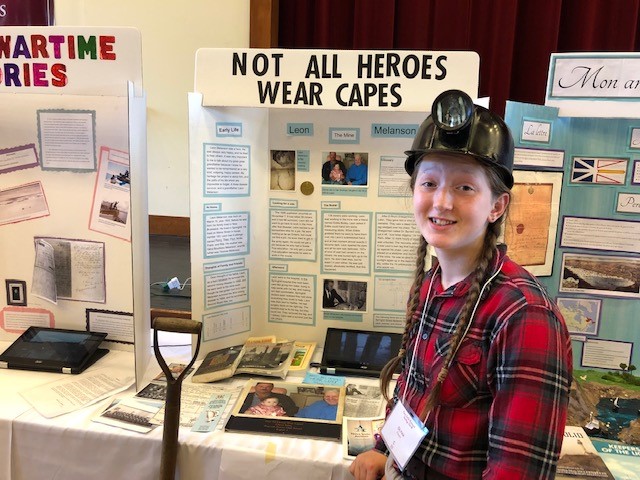[Left to right] Bruce Bowser, Dr. Robert Summerby-Murray, Ross Jefferson, Craig Reynolds, Randy Ambrosie, Brett Lauther and Mike “Pinball” Clemons. (Kelly Clark/CFL.ca)
The biggest Touchdown Atlantic ever is coming to Saint Mary’s University this summer, the Canadian Football League (CFL) announced on Thursday.
Rider Nation comes to Nova Scotia when the Saskatchewan Roughriders face the Toronto Argonauts on Saturday, July 25 in the first-ever regular season game played in Halifax.
“Saint Mary’s University has a proud football tradition, and we are honoured to be a part of CFL history,” said President Robert Summerby-Murray. “We’re thrilled to host Touchdown Atlantic. Great events, like great universities, make our region and our country stronger.”
The game will be played at Huskies Stadium at 5 p.m. AT on Saturday, July 25. Approximately 6,000 temporary seats will be installed to bring the capacity for the game to 10,000.
“Our league belongs to Canadians from coast-to-coast-to-coast – and for one fabulous weekend this July, the east coast will be its capital,” said Randy Ambrosie, Commissioner of the CFL. “We are bringing the football and the fun. We’re inviting everyone in Atlantic Canada to join the party, and everyone in the rest of the country to come for the game and stay for a vacation!”
Riders’ kicker and Saint Mary’s alumnus, Brett Lauther, called Touchdown Atlantic a dream come true.
“I’ve known the thrill of kicking the winning points on our home field in Regina, but to do that here, in my own backyard, would be just incredible,” said Lauther, a native of Truro, N.S.
Both teams are “leaning in” to make it a special week; they will arrive days before the game and take part in a series of media events and community visits. The game will be preceded by a three-day “mini Grey Cup festival” featuring music, parties and tons of family-friendly fun.
Tickets will go on-sale at the end of February and a full list of prices will be announced soon. Fans can sign up for the most up-to-date information and access to priority-purchasing at CFL.ca/TDA. Ambrosie stressed that the game will be affordable with an average ticket price of approximately $50.
The 2020 edition of Touchdown Atlantic will be the first CFL game of any type to be played in Nova Scotia since 2005, when the Argos and Hamilton Tiger-Cats played a pre-season game at Huskies Stadium.

![[Left to right] Bruce Bowser, Dr. Robert Summerby-Murray, Ross Jefferson, Craig Reynolds, Randy Ambrosie, Brett Lauther and Mike “Pinball” Clemons. (Kelly Clark/CFL.ca)](https://images.squarespace-cdn.com/content/v1/56a7b5951c1210756e3465c1/1579811864179-F8NGRUP2DFRH0JXQWP9S/EO-7rMaXkAYC1ID.jpg)

